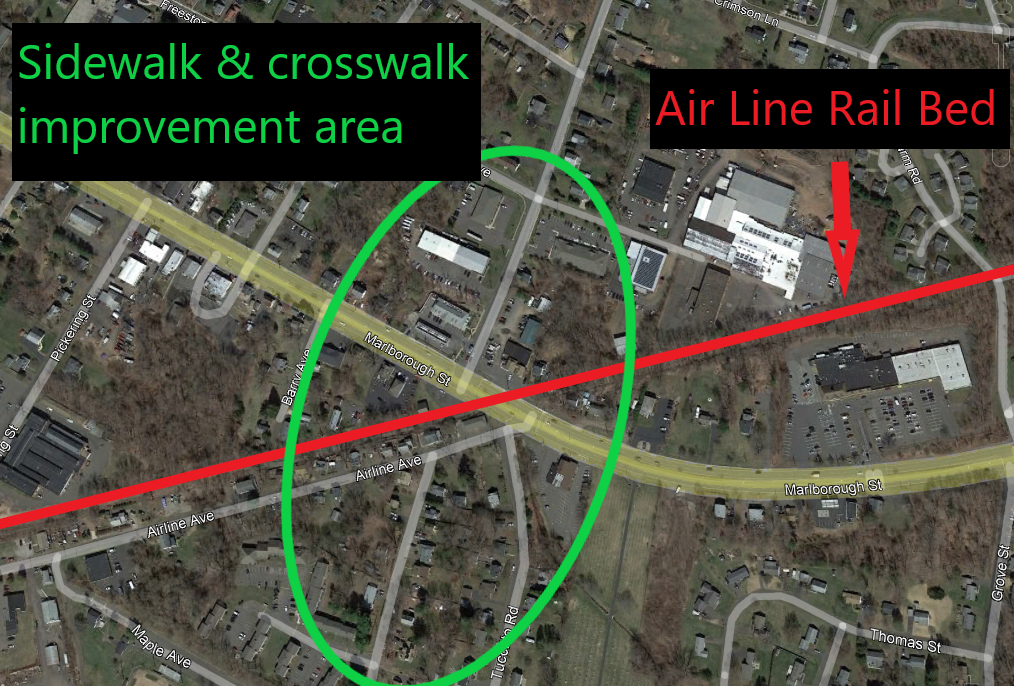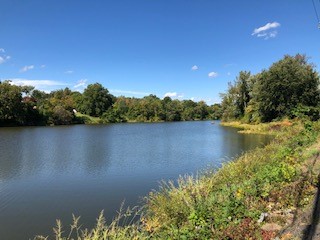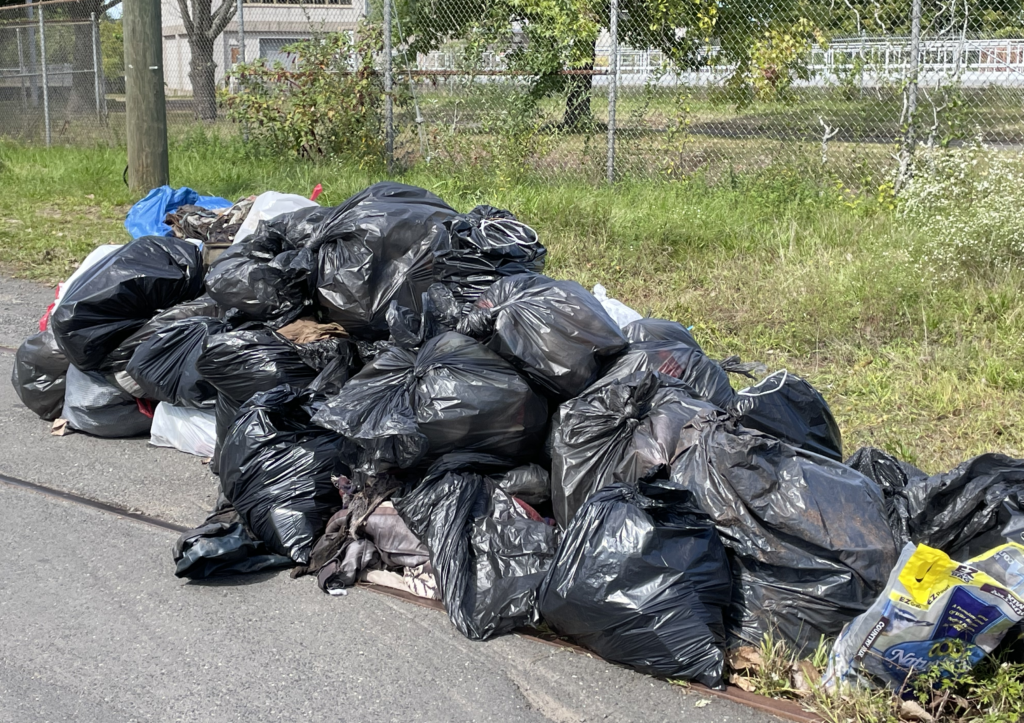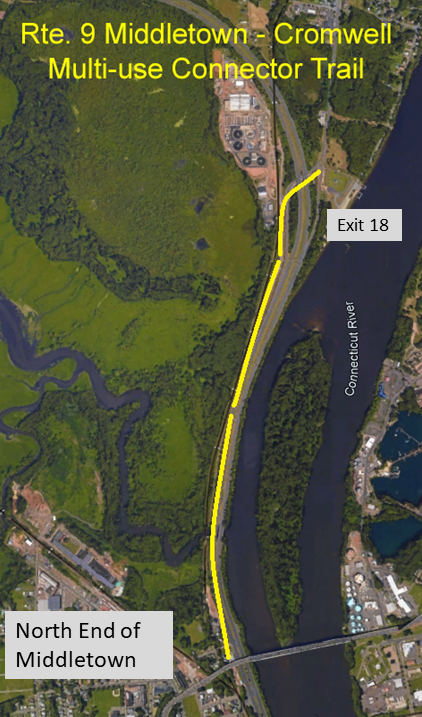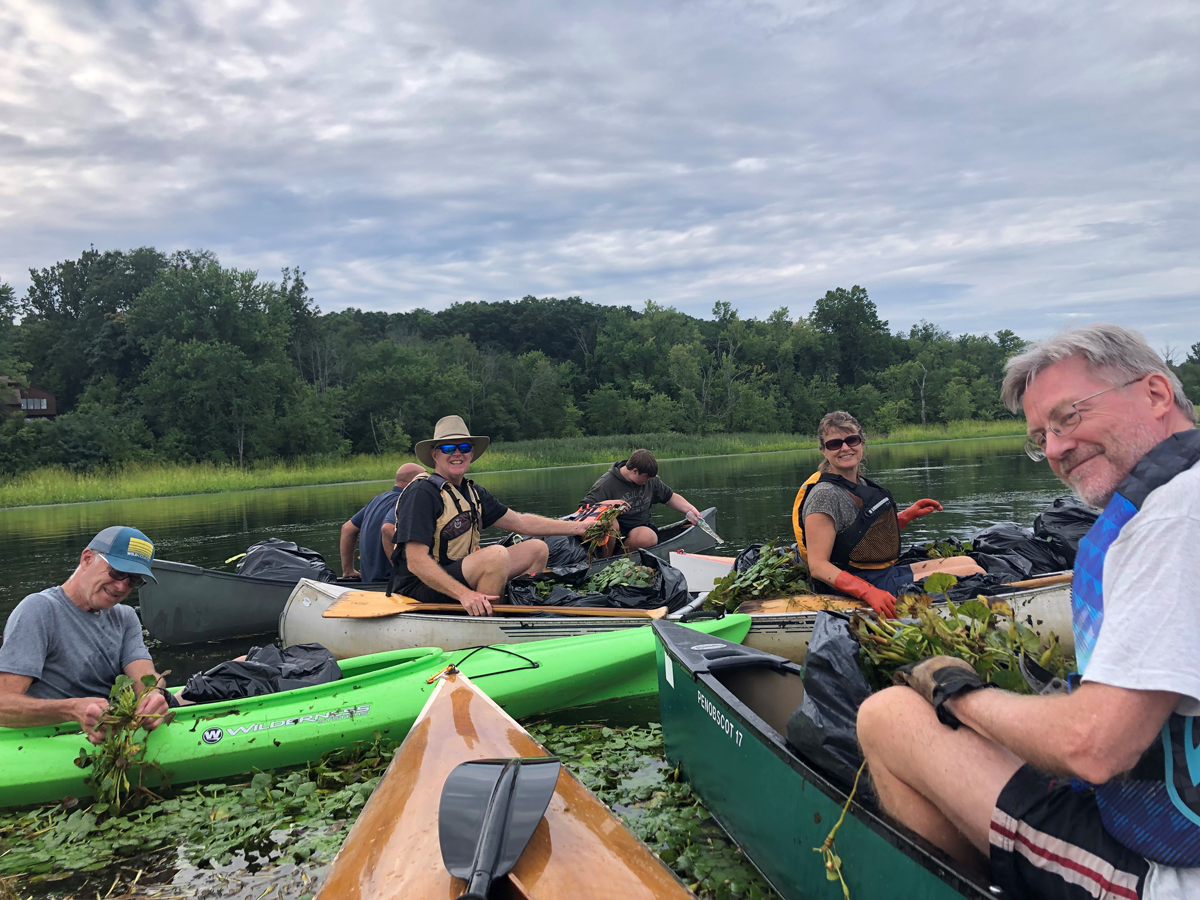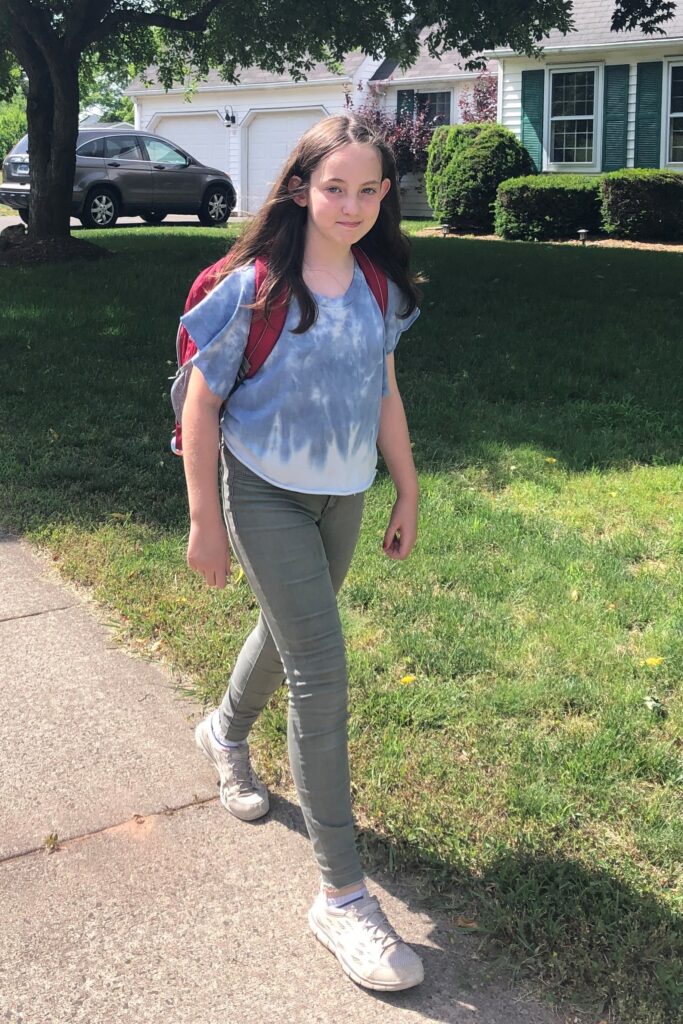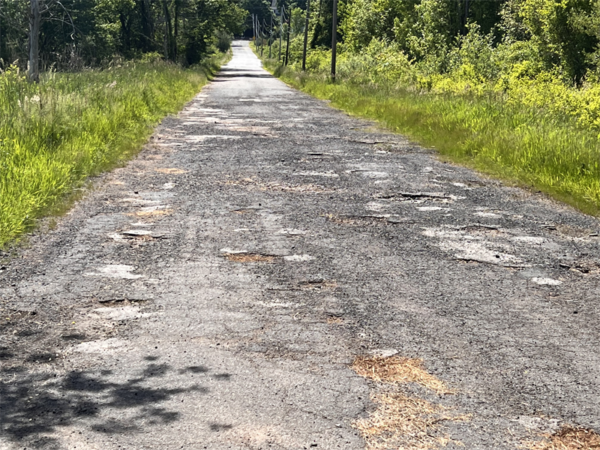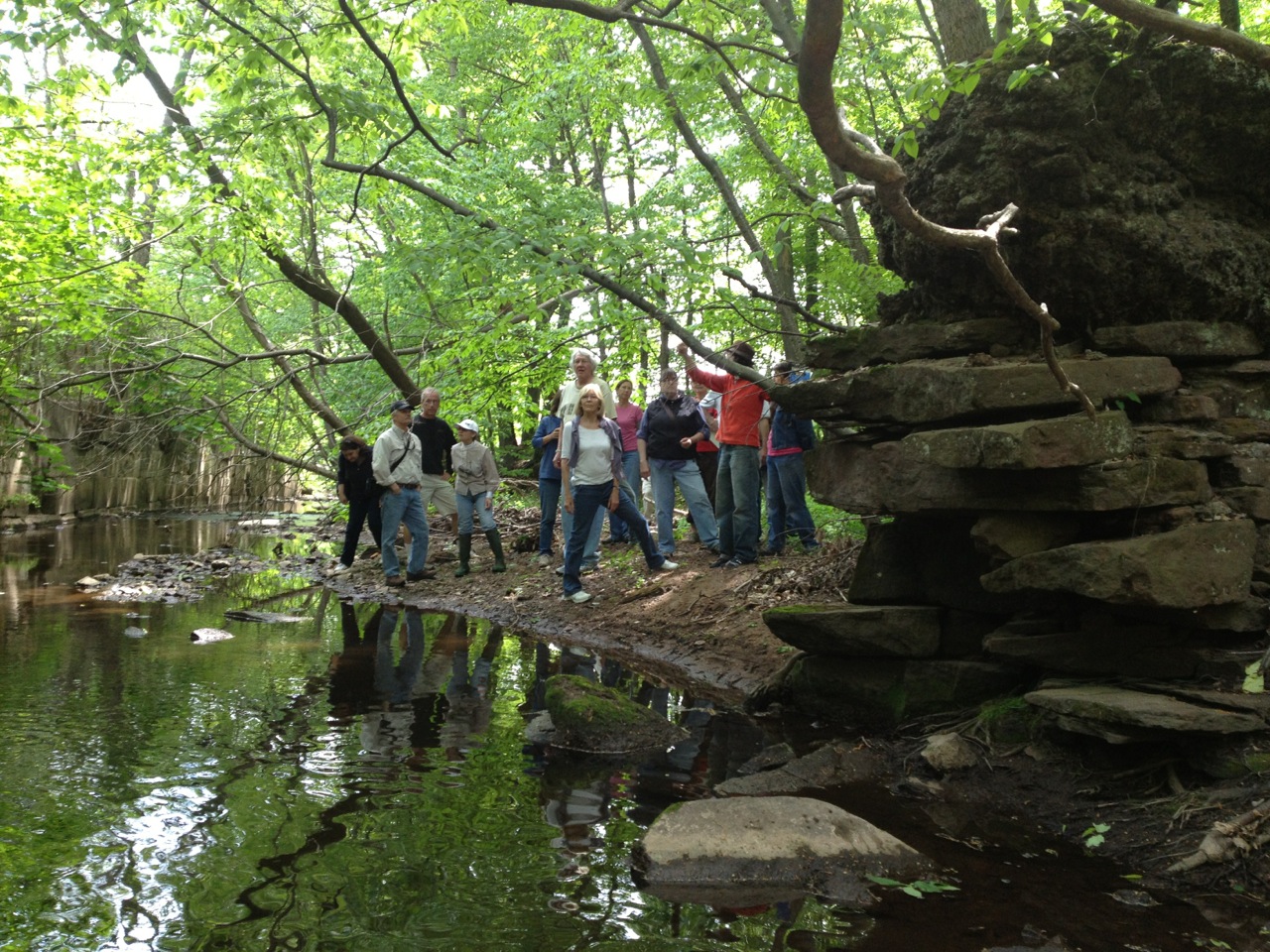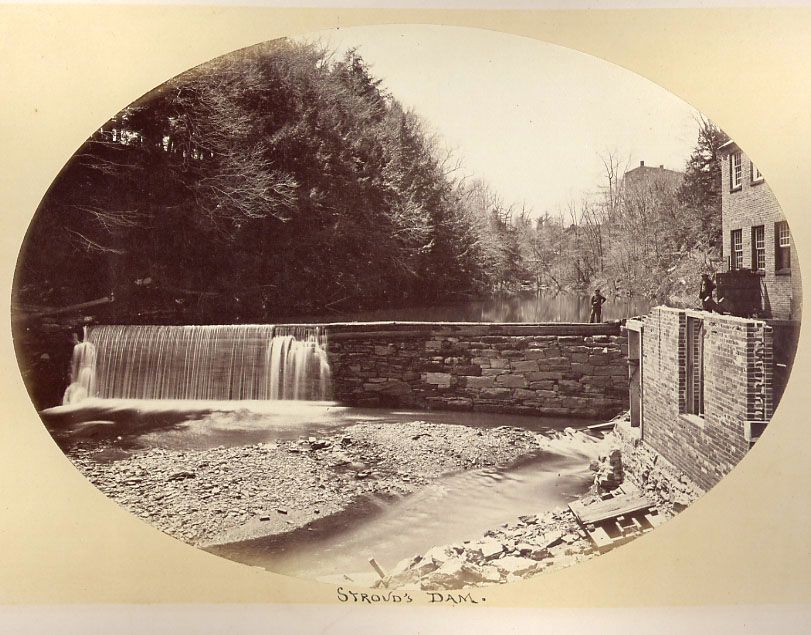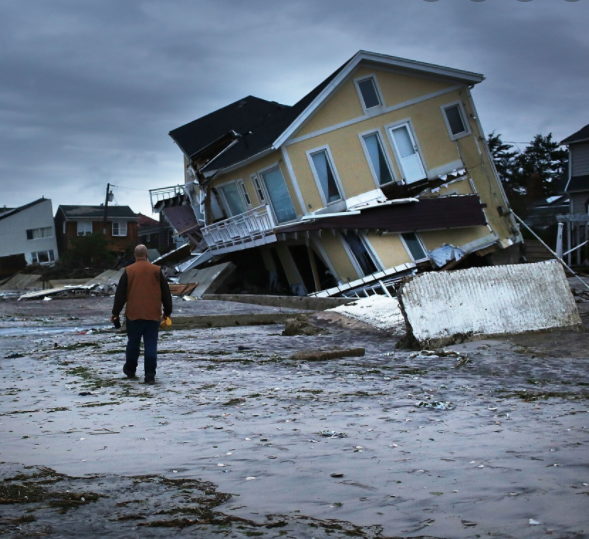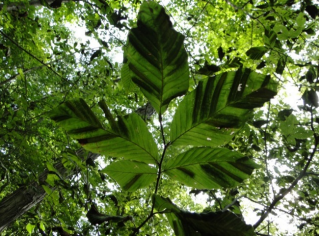
Dark green striping or other discoloration between veins of beech leaves indicates disease.
By Jane Harris
Although Beech Leaf Disease has been observed in the U.S. since 2012, little as yet is known about the spread of the disease, and a cure is still to be found. While it is most often seen on younger forest trees, it can spread to, and kill, ornamental European beeches, including the enormous purple and copper beeches seen in of large estates and cemeteries. Typically, the first sign of the disease is in the form of thinning leaf canopies.
While it is known to spread via a nematode, the way that the nematode infects the trees is not well understood.
Beeches have suffered for some time from Beech Bark Disease, and trees already weakened by one disease will be more susceptible to the other. More information is contained here, including diagnostic photos of infected leaves.














